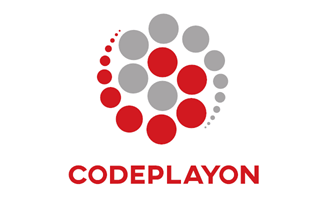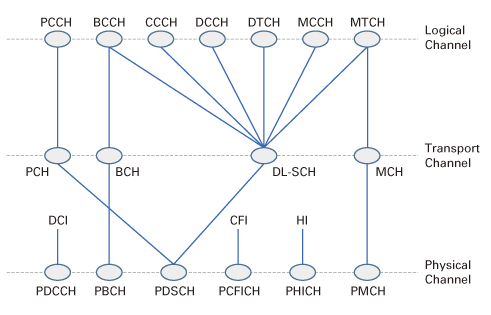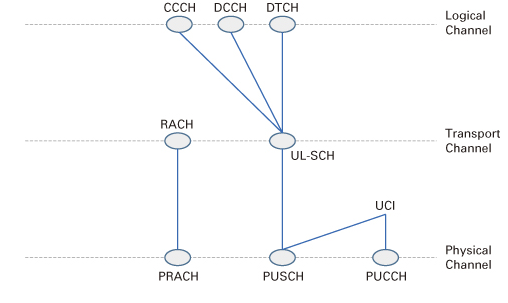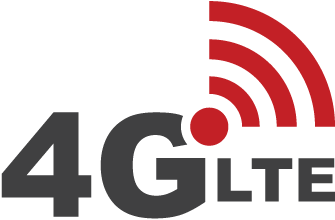LTE Channels: Logical, Transport and Physical Channels Details and Mapping
What is a Channel in LTE?
The information flows between the different protocols layers are known as channels. These are used to segregate the different types of data and allow them to be transported across different layers. These channels provide interfaces to each layers within the LTE protocol stack and enable an orderly and defined segregation of the data.
Actually, LTE uses several different types of logical, transport and physical channel, which can be distinguished by the kind of information they carry and by the way in which the information is processed.
Classification of Channels in LTE:
Broadly in LTE Channel are divided into three categories named as below:
- Logical channels (What type of Information)
- Transport channels (How this information is transported)
- Physical Channels (Where to send this information)
These all three types of channel are present in Downlink as well as Uplink direction. Mapping of these channels is shown in below pictures.
Logical Channels
Logical channels define what type of information is transferred. These channels define the data-transfer services offered by the MAC layer. Data and signalling messages are carried on logical channels between the RLC and MAC layers.
Logical channels further can be divided into two categories as control channels and traffic channels. control channels carry signalling messages in the control plane and they can be either common channel or dedicated channel. A common channel means common to all users in a cell (Point to multipoint ) where as Dedicated channels means channels can be used only by one user (Point to Point).
Traffic channels carry data in the user plane, while logical control channels carry signalling messages in the control plane.
In LTE we have 7 logical channel in Downlink and 3 Logical channels in Uplink
Downlink Logical Channel :
Control channel: In Downlink there are 4 Control channel which carried Common channel information as well as dedicated channel information
- Broadcast Control Channel (BCCH) – It Used for broadcasting MIBs/SIBs
- Paging Control Channel (PCCH) – It is used for paging the UE
- Common Control Channel (CCCH) -It is Common to multiple UE’s
- Dedicated Control Channel (DCCH) – It used to transmit dedicated control information for a particular UE
- Multicast Control Channel (MCCH) – It is used for transmit information for Multicast
Traffic Channel: In Downlink we have 2 Traffic channel
- Dedicated Traffic channel (DTCH): Dedicated Traffic for a particular UE
- Multicast Traffic Channel (MTCH): used to transmit Multicast data
Uplink Logical Channel : In Uplink we have 2 control channels and one traffic channel.
- Common Control Channel (CCCH) -It is Common to multiple UE’s
- Dedicated Control Channel (DCCH) – It used to transmit dedicated control information for a particular UE
- Dedicated Traffic channel (DTCH): Dedicated Traffic for a particular UE
Transport Channels:
Transport channels define how and with what type of characteristics the data is transferred to the physical layer. Data and signalling messages are carried on transport channels between the MAC and the physical layer.
Downlink Transport Channels :LTE has 4 Downlink Logical Channels
- Broadcast Channel (BCH) : This LTE transport channel maps to Broadcast Control Channel (BCCH) and carries information like used for MIB and send information to Physical Broadcast channel (PBCH)
- Downlink Shared Channel (DL-SCH) This transport channel is the main channel for downlink data transfer. It is used by many logical channels like BCCH, CCCH, DCCH DTCH,MCCH,MTCH and send its information to Physical Downlink Shared Channel (PDSCH). The information carried by this channel is SIB, Data transfer
- Paging Channel (PCH) : To convey the PCCH information and mapped to Physical Downlink Shared Channel (PDSCH) and carries Paging Information
- Multicast Channel (MCH) : This transport channel is used to transmit MCCH information to set up multicast transmissions. This channel is mapped to Physical Multicast Channel (PMCH) this is basically used for MBMS services.
Uplink Transport channel: LTE has two channels
- Uplink Shared Channel (UL-SCH) : This transport channel is the main channel for uplink data transfer. It is used by many logical channels like CCCH, DCCH DTCH.
- Random Access Channel (RACH) : This is used for random access procedure.
Physical Channels
These channels are also in both direction downlink and uplink directions. So we can divide these into Downlink Physical channels and uplink Physical Channels. Based on Data and signalling messages are carried on physical channels in LTE ,we can further classified as
- Physical Data channels (DL, UL)
- Physical Control Channels (DL,UL)
Downlink Physical Channel:
- Downlink physical Data Channel (PBCH, PDSCH,PMCH)
- Downlink Physical Control Channel (PCFICH,PHICH,PDCCH)
- Physical Broadcast Channel (PBCH) This physical channel carries system information for UEs requiring to access the network. It only carries what is termed Master Information Block, MIB, messages
- Physical Downlink Shared Channel (PDSCH): The PDSCH can carry DL-SCH or PCH. It carries SIB information, Paging Information and user plan Data.
- Physical Multicast Channel (PMCH) : This channel type is used to carry MCH and mainly used for MBMS Services.
- Physical Control Format Indicator Channel (PCFICH) : As the name indicates the PCFICH informs the UE about the format of the signal being received. It indicates the number of OFDM symbols used for the PDCCH channel, whether 1, 2, or 3. The information within the PCFICH is essential because the UE does not have prior information about the size of the control region (PDCCH). A PCFICH is transmitted on the first symbol of every sub-frame and carries a Control Format Indicator CFI.
- Physical Downlink Control Channel (PDCCH) : The PDCCH carries information known as the Downlink Control Information or DCI . It carries the control information for a particular UE or group of UEs. Basically A DCI provides the following information. Downlink resource scheduling, Uplink power control instructions. Uplink resource grantThe DCI format has several different types which are defined with different sizes. The different format types include: type 0, 1, 1A, 1B, 1C, 1D, 2, 2A, 2B, 2C, 3, 3A etc
- Physical Hybrid ARQ Indicator Channel (PHICH): This channel is used to report the Hybrid ARQ status. It carries the HARQ ACK/NACK signal indicating whether a transport block has been correctly received.The PHICH is transmitted within the control region of the subframe and is typically only transmitted within the first symbol. If the RF conditions are poor, then the PHICH is extended to a number symbols for robustness
Uplink Physical Channel:
- Uplink physical Data Channel ( PUSCH,PRACH)
- Uplink Physical Control Channel (PUCCH)
- Physical Uplink Shared Channel (PUSCH) : This physical channel is used for Uplink data transmission by the UE. They may also carries the uplink control information sometimes. This channel is the counterpart of PDSCH channel in Uplink
- Physical Random Access Channel (PRACH) :This Uplink physical channel is used for random access procedure called RACH procedure. UE does RACH procedure to get the Uplink synchronization
- Physical Uplink Control Channel (PUCCH) : The Physical Uplink Control Channel, PUCCH provides the various control signalling. These signalling are known as Scheduling request, Downlink data ACK/NACK and CQI information.





